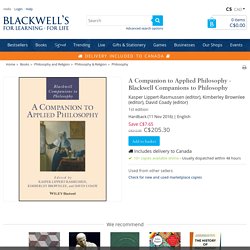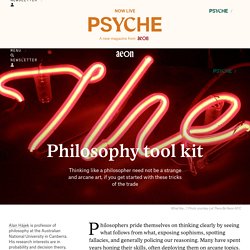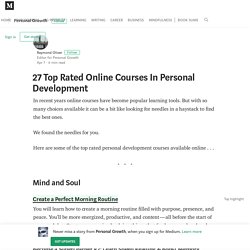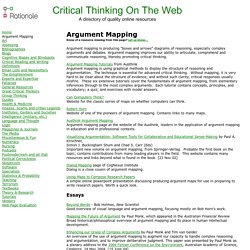

Philosophy and Critical Thinking. A Companion to Applied Philosophy : Kasper Lippert-Rasmussen (editor), : 9781118869130 : Blackwell's. Applied philosophy has been a growing area of research for the last 40 years.

With the use of heuristics, anybody can think like a philosopher. Philosophers pride themselves on thinking clearly by seeing what follows from what, exposing sophisms, spotting fallacies, and generally policing our reasoning.

Many have spent years honing their skills, often deploying them on arcane topics. But these skills are not the exclusive property of rarefied sages, accessed only with a secret handshake and insider training, as much as some philosophers wish this were so. Instead, some of these skills can be captured by generalisable, all-purpose techniques for the proper conduct of thought, whatever the topic. Many of these are easily taught and learned. As such, they can be utilised by non-philosophers too. Philosophers place a premium on certain tools for regimenting our thinking, especially logic and probability theory. There are also common heuristics for intellectual activities such as mathematics and creative writing.
Yet philosophy might be thought to be especially unsuitable for such heuristics. Updates on everything new at Aeon. Decision Making: A Guide to Smarter Decisions and Reducing Errors. Few things will change your trajectory in life or business as much as learning to make effective decisions. The decision-making principles in this article aren’t pulled out of thin air. They’re the result of many years of experience and experimentation. They draw upon the combined expertise of some of history’s deepest thinkers. They summarize the core insights and skills from influential books on decision-making. In this guide, we’ll cover: Ready? No one Taught you How to Decide I started working at an intelligence agency on August 28, 2001. My computer science degree lost its value after a few promotions. Just out of school, I found that my decisions affected not only my employees but their families.
There is no class called “decision making.” Most of us operate like a carpenter with only a hammer. To fill my mental toolbox, I looked around my organization and found some mentors. Thanks to the internet, I was no longer limited to the best teachers in my organization or university. 25 Top Rated Online Courses – Personal Growth. Mind and Soul Create a Perfect Morning Routine You will learn how to create a morning routine filled with purpose, presence, and peace.

You’ll be more energized, productive, and content — all before the start of your workday. Start your morning by doing things that feed your soul and make you happy. Five Elements of Effective Thinking. Do you want to come up with more imaginative ideas?

Do you stumble with complicated problems? Do you want to find new ways to confront challenges? Of course you do. So do I. But when is the last time you thought about how you think? Do you have a process for making decisions? Just as with any skill, some of us are better at thinking than others. We’re seduced into believing that brilliant thinkers are born that way. Nothing could be further from the truth. Often, these geniuses practice learnable habits of thinking that allow them to see the world differently. I came across The Five Elements of Effective Thinking, authored by Dr. They make a pretty bold claim in the introduction. You can personally choose to become more successful by adopting five learnable habits, which, in this book, we not only explain in detail but also make concrete and practical. The five habits are: 1. Let’s explore each of these a little. Understand Deeply Make Mistakes. Critical Thinking: Where to Begin.
How to Teach Critical Thinking. Robert H.

Ennis, rhennis@illinois.edu The actual teaching of critical thinking is a function of many situation-specific factors: teacher style, teacher interest, teacher knowledge and understanding, class size, cultural and community backgrounds and expectations, student expectations and backgrounds, colleagues’ expectations, recent local events, the amount of time available to teachers after they have done all the other things they have to do, and teacher grasp of critical thinking, to name some major factors. Argument Mapping. Argument mapping is producing "boxes and arrows" diagrams of reasoning, especially complex arguments and debates.

Argument mapping improves our ability to articulate, comprehend and communicate reasoning, thereby promoting critical thinking. Argument Mapping Tutorials from AusthinkArgument mapping is using graphical methods to display the structure of reasoning and argumentation. The technique is essential for advanced critical thinking. Without mapping, it is very hard to be clear about the structure of evidence; and without such clarity, critical responses usually misfire. These six extensive tutorials cover the fundamentals of argument mapping, from elementary inferences through to the most complex arguments.
Can Computers Think? Robert Horn Website of one of the pioneers of argument mapping. Austhink Argument MappingArgument mapping page at the website of the Austhink, leaders in the application of argument mapping in education and in professional contexts. Essays Software Reason! ARGUMENT MAPPING. Argument Mapping at Work 2013. Mindware: Critical Thinking for the Information Age - University of Michigan.